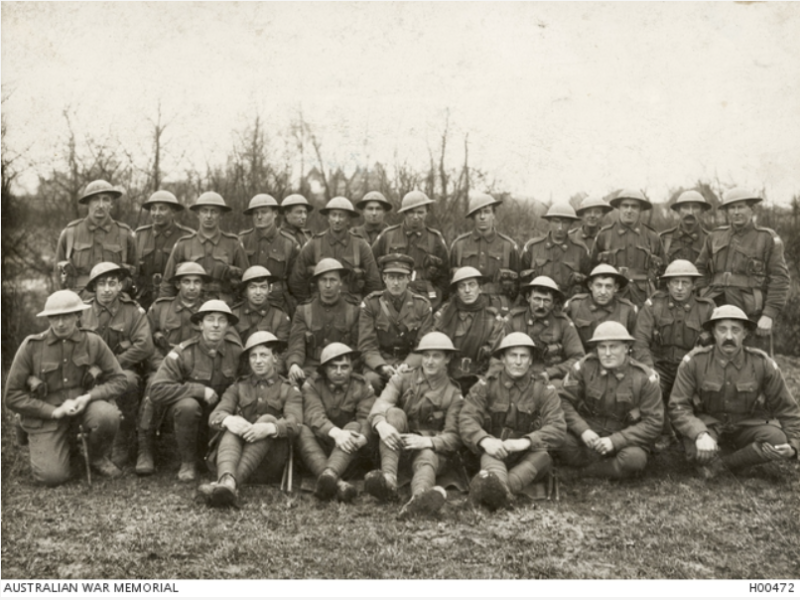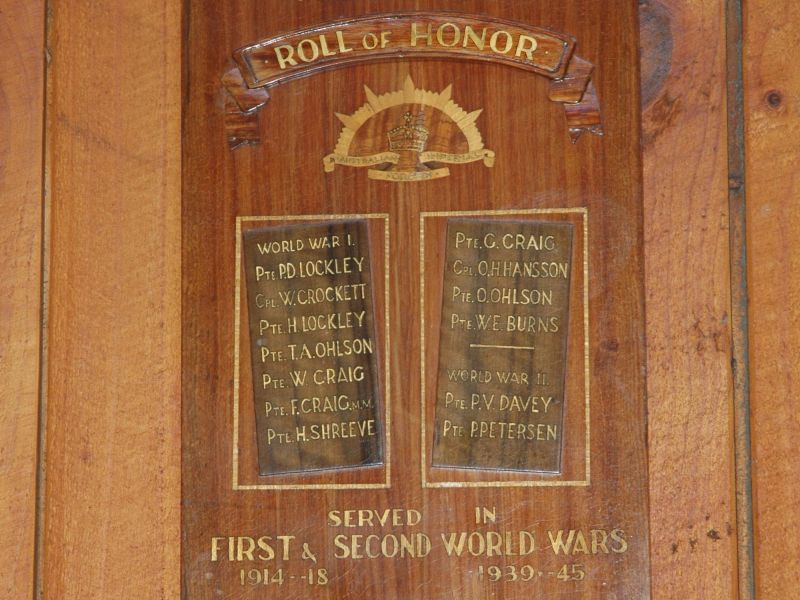Private Frederick Norman Craig MM, 12th Battalion, AIF
Fred Craig was born on 6 June 1893 to John and Mary Craig of Tasmania. He grew up in Adventure Bay, the fourth of four boys and six girls. He went to Adventure Bay State School, and became a saw miller like his father.
Fred Craig was one of three Craig brothers to enlist in the Australian Imperial Force in January 1915. He embarked with reinforcements to the 12th Battalion to Egypt. He wrote to his family of the voyage, “I was not sick once, and I never missed a meal, so I think that I can call myself as good a sailor as any of them.”
He arrived in Cairo just weeks after the landing at Anzac Cove. In June, he wrote, “I have been in the trenches three weeks now and I think we will be in the trenches a long time yet. It is not too pleasant, with bullets flying all around us all day and night, and at times shells bursting over us… [but] I am quite used to it now.”
Like many on Gallipoli, Craig fell sick with dysentery and had to be evacuated to hospital. There he wrote, “I received splendid treatment in the hospital. They looked after me “tip-top”, and in one way I was sorry to leave, but I was anxious to get back to “pop” some more Turks over.”
The second time Craig contracted dysentery he had to be evacuated to hospital in England. He wrote to his sister, “I hope I will be home for next Christmas. I think the war will be over in about six months’ time if we are lucky.”
Craig later rejoined his mates on the battlefields of the Western Front in August 1916, in time for the attack on Mouquet Farm.
Private Fred Craig proved an able soldier. A member of a Lewis gun crew, in early 1917 he was awarded the Military Medal for his “devotion to duty under heavy rifle and machine gun fire” during an enemy attack on the French village of Lagnicourt.
When the Germans broke through on the left flank, Craig and his number one, Private Cyril Allen, carried their gun forward under heavy fire. They “kept up a steady but deadly fire, and repell[ed] a heavy frontal attack, catching the enemy in a massed formation. By their soldier[ly] qualities, these two men materially assisted in holding an important position.”
The 12th went onto the Battle of Hazebrouck, also known as the Lys Offensive, in April 1918.
On 23 April, the 12th Battalion was in a position near the village of Meteren in France. As they were being forced back by an enemy attack, Craig was badly wounded and had to be left behind.
It was later determined that Craig had been killed in action on 24 April 1918. His body was never recovered, and today, he is commemorated on the Australian National Memorial at Villers-Bretonneux.
He was 24 years old.
Meleah Hampton, Historian, Military History Section
Image: Group portrait of members of the 12th Battalion AIF, France c.1917-18. Pte Frederick Norman Craig is in the back row, 4th from the left
- Australian War Memorial https://www.awm.gov.au/collection/AWM2021.1.1.79

 Australian War Memorial
Australian War Memorial